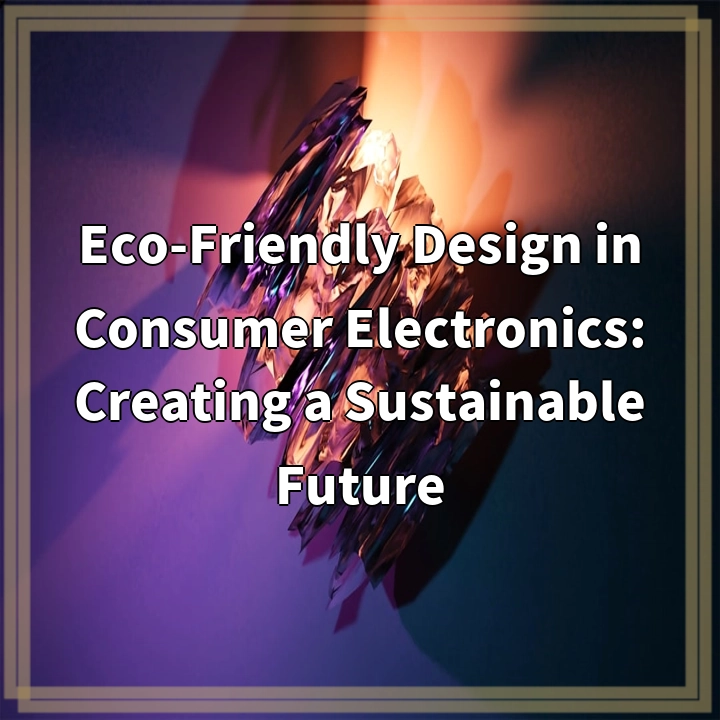
What is Eco-Friendly Design in Consumer Electronics?
Eco-friendly design in consumer electronics refers to the development and production of electronic devices with a focus on reducing their environmental impact throughout their lifecycle. It involves incorporating sustainable materials, minimizing energy consumption and electronic waste, and promoting product longevity.
Real-World Problems Associated with Eco-Friendly Design in Consumer Electronics
1. Electronic Waste
The rapid technological advancements in consumer electronics have led to a significant increase in electronic waste. Many devices are quickly discarded and end up in landfills, leaching harmful substances into the environment. Eco-friendly design aims to tackle this problem by emphasizing the use of recyclable materials and promoting responsible disposal and recycling programs.
2. Energy Consumption
Consumer electronics contribute to a considerable amount of energy consumption worldwide. From charging devices to their everyday use, they are a significant energy consumer. Eco-friendly design focuses on reducing energy consumption through the use of energy-efficient components, power management systems, and promoting energy-saving practices among consumers.
3. Finite Resources
The production of consumer electronics heavily relies on the extraction and use of finite resources, including rare earth elements, precious metals, and other raw materials. The demand for these resources often leads to environmental degradation and unethical mining practices. Eco-friendly design seeks to minimize resource extraction, promote recycling and reuse, and encourage the use of sustainable alternatives.
4. Short Product Lifespan
Many consumer electronic devices have a short lifespan due to built-in obsolescence, constant upgrading, and limited repair options. This leads to a higher turnover of devices, increasing electronic waste. Eco-friendly design aims to extend the product lifespan through modular designs, repairability, and software updates, reducing the need for frequent replacements.
5. Toxic Substances
Consumer electronics often contain toxic substances such as lead, mercury, and flame retardants, posing risks to human health and the environment if not properly handled during manufacturing, use, or disposal. Eco-friendly design focuses on eliminating or minimizing the use of harmful substances and promoting safer alternatives.
Conclusion
The concept of eco-friendly design in consumer electronics is crucial for building a sustainable future. By addressing the real-world problems associated with electronic waste, energy consumption, resource depletion, product lifespan, and toxic substances, we can mitigate the environmental impact of consumer electronics and create a more sustainable future.

Solutions for Eco-Friendly Design in Consumer Electronics
1. E-Waste Management
Implementing effective e-waste management programs that encourage responsible disposal and recycling of electronic devices. Designing devices using recyclable and easily disassembled materials to facilitate recycling processes.
2. Energy Efficiency
Developing energy-efficient devices by incorporating power management systems, optimizing energy consumption during standby and operational states, and educating consumers on energy-saving practices.
3. Sustainable Sourcing
Using sustainable materials and alternative resources, such as recycled plastics and bio-based materials, to reduce reliance on finite resources and minimize environmental impact.
4. Product Longevity
Designing devices with modular components that are easily replaceable, offering repair programs and resources, and promoting software updates to extend the lifespan of consumer electronics.
5. Elimination of Toxic Substances
Strictly adhering to regulations and standards for the use of hazardous substances, seeking safer alternatives, and implementing proper handling and disposal procedures to prevent environmental and health risks.
Conclusion
By implementing these solutions, we can pave the way for a more sustainable future in consumer electronics, reducing e-waste, minimizing energy consumption, sourcing materials responsibly, extending product lifespans, and eliminating toxic substances.















